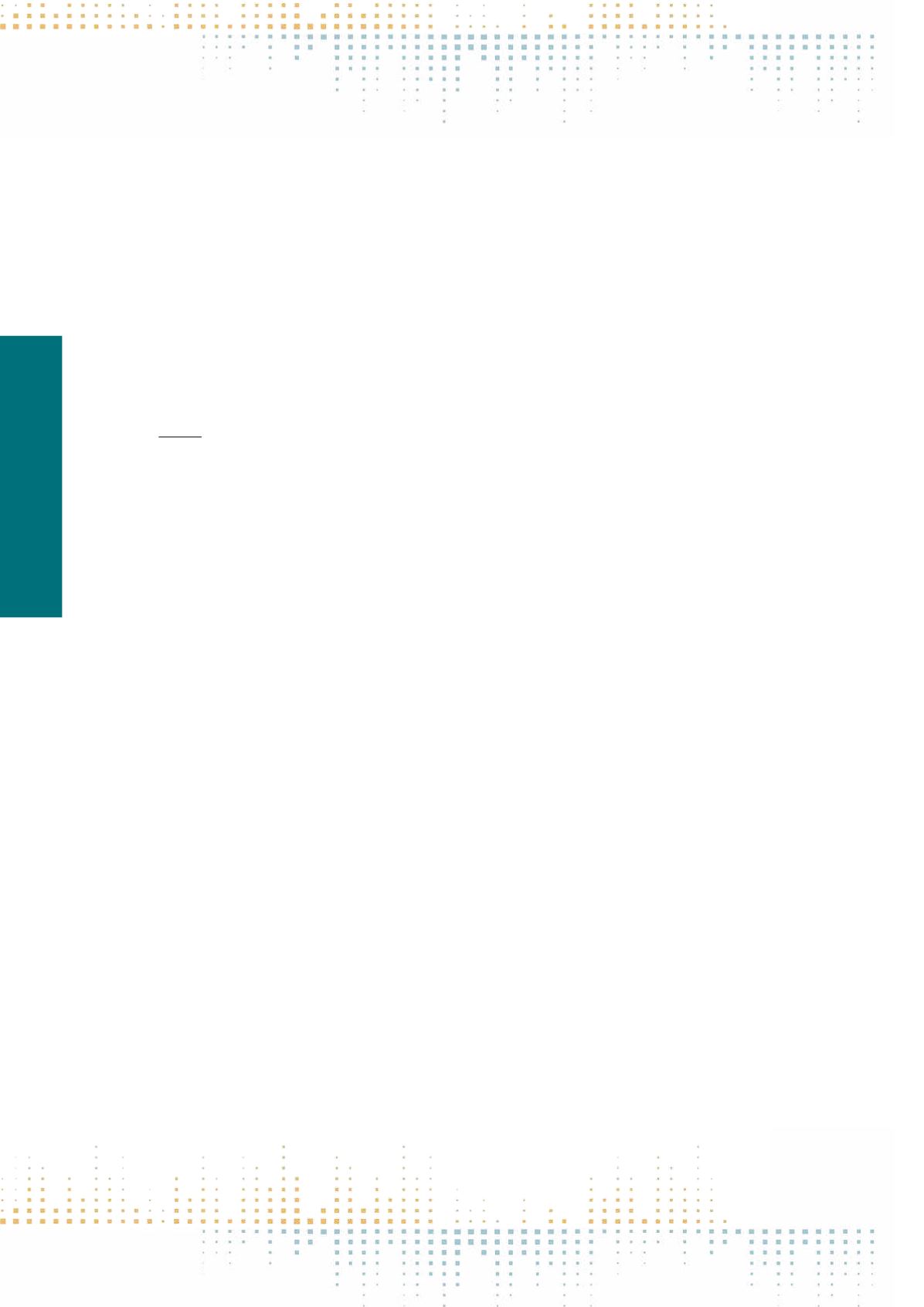

266
Thursday, November 10
0 9 : 0 0 – 1 0 : 3 0
dates back to the end of the 19
th
century, the production of the major films emancipated from the theatrical impact dates back to 1950s when the cinema
became a profitable business. From then on, the industry started to blossom entailing the experiments by the new generation of promising young directors
and producers who laid the foundation of the forthcoming golden age of the Turkish cinema until mid 70s, and then, even the contemporary cinema.
The filmmakers period at its infancy was bombarded by diverse influences from all directions, different times, spaces, and cultures. The first influence came
from both the east and the west simultaneously through films from Egypt, France, Germany, India, Russia, and the USA ranging from musical, melodrama,
action, horror, fantasy to film noir. Another major influence was related to the traditional, local and historical visual performances before the invention
of the cinematograph, such as shadow plays with two dimensional setting, the importance of text in conveying the message, and stereotypical representa‑
tions in the form of puppets which are reflected on a white screen by means of a light source behind the puppet master resembling a film screening process.
Finally, formal solutions provided by young directors ranging from the insertion of found footage or appropriation of frames from other films to the practical
solutions devised on-site due to lack of state-of-the art technological devices contributed to the authenticity of the films of the period. The totality of such
major aspects eventually helped build a unique but chaotic film language which does not fit in the western or eastern traditions on the whole in terms
of framing, angles, acting, editing, or even dubbing. Eventually, a hybrid film language, which is capable of absorbing and transforming all impacts, has
become dominant in the Turkish cinema until today shaping both much criticized commercial productions and much appraised art house films of the con‑
temporary Turkish cinema.
PP 033
Slap the Monster on Page One. Interpretations of History in the Italian Poliziottesco. A Methodological Approach
G. Olesen
1
1
Bournemouth University, Media School, Poole, United Kingdom
Scholarship on Italian genre movies often focuses on their transnational features. I suggest a different methodological approach to film history that merges
films’ textual analysis and discourse analysis, connecting film production to the representations of the present that emerge from newspapers. I analyse
an Italian cinematic genre of the 1970s called Poliziottesco – Italian cop movies – which possess a significant tie to the events that characterized the decade
in Italy. Notably, I examine conflictual representations provided by the Communist l’Unità and the establishment newspaper Corriere della Sera. The focus
is on the action of police and prosecutors, which are the protagonists of the genre and one of the main sources of conflict between political counterparts.
In fact, the Poliziottesco exploited the conflict between a consistent part of Italians and the State, capitalising on the polarisation of the public opinion.
Actually, the newspapers supply an account of mainstream interpretations of the events and the point of view of the more influential power blocs in Italy.
The movies, in this respect, represent a container of different interpretations of contemporaneity, registering the discursive struggle that contributed to
shape the social reality of Italian citizens. Quantitative analysis of the representation of law enforcement agencies’and prosecutors’actions provides the con‑
text in which the movies under analysis begin to be produced and screened in Italian theatres. Qualitative analysis, through the lens of post-structuralist’s
critical discourse analysis (Fairclough, 2001), focuses on specific events that were re-worked in movies’plots. In fact, the analysis of specific language usage
in newspapers aims to enlighten the struggle to impose determinate interpretations of the events. From 1969, the so-called strategy of tension – State
agencies as promoters of chaos in the country to justify an authoritative takeover of power - undermined the credibility of the Italian State (Foot, 2009).
The existence of the strategy of tension itself was part of the interpretative struggle that emerges from newspapers’ analysis. The Poliziottesco exploited
this struggle developing a standardised conspiracy plot, which had at its core the supposed implication of civic institutions in the acts of Italian terrorists
and criminals. Through this methodology, I aim to demonstrate that in the moment in which such conflicts were eradicated from mainstream newspapers,
the conspiracy plot that characterized the first phase of the Poliziottesco left the place to different versions of the genre. The short-term context of produc‑
tion makes those movies particularly adherent to the media agenda, constituting in The Violent Professionals (Martino, 1973) and Silent Action (Martino,
1975) major examples of such dynamic. Accordingly, their peculiar character construction documents a shift in the way in which the two newspapers
represented the police and the judiciary at the time of their production. Finally, through this methodology I aim to investigate the conflicts that characterize
the memory of Italian recent past. Genre movies represent a significant historiographical source to understand how Italians interpreted their present.
Therefore, it can contribute to the historical consciousness regarding a decade that still nowadays represents an extremely divisive matter between Italians.



















